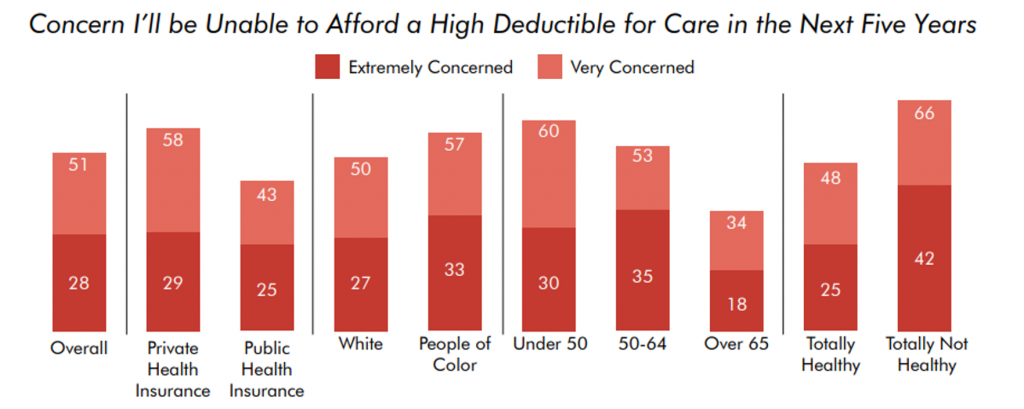A major side-effect of the coronavirus pandemic in 2020 was its impact on the national U.S. economy, jobs, and peoples’ household finances — in particular, medical spending.
 In 2021, patients-as-health-consumers seek lower health care and prescription drug costs coupled with higher quality care, discovered by the patient advocacy coalition, Consumers for Quality Care.
In 2021, patients-as-health-consumers seek lower health care and prescription drug costs coupled with higher quality care, discovered by the patient advocacy coalition, Consumers for Quality Care.
This broad-spanning patient coalition includes the AIMED Alliance, Autism Speaks, the Black AIDS Institute, Black Women’s Health Initiative, Center Forward, Consumer Action. Fair Foundation, First Focus, Global Liver Institute, Hydrocephalus Association, LULAC, MANA (a Latina advocacy organization), Myositis Association, National Consumers League, National Health IT Collaborative, National Hispanic Council on Aging, National Hispanic Medical Association, National Minority Quality Forum, Patient Power, Prevention Institute, and Treatment Communities of America.
The coalition polled 1,200 registered U.S. voters in late January 2021, culminating in a report, The COVID Effect: Consumer Expectations for Health Care Coverage, Cost and Quality in 2021.
 Most people are concerned about their ability to afford to cover a high-deductible in the next five years: 28% of American voters were “extremely” concerned and 23% “very concerned.”
Most people are concerned about their ability to afford to cover a high-deductible in the next five years: 28% of American voters were “extremely” concerned and 23% “very concerned.”
That concerns varies by a person’s type of health coverage: those with private health insurance tend to be more worried about paying the high-deductible, as well as people of color, and those in poorer health.
This poll also concurs with others in the pandemic era finding that younger people (in this survey, those under 50) are more concerned about health care costs than older folks.
 That may be largely due to the fact that more younger people than older workers lost jobs in the COVID-19 pandemic, as well as losing health insurance. A recent TransUnion study found that younger than older Americans’ health care behaviors shifted in the public health crisis.
That may be largely due to the fact that more younger people than older workers lost jobs in the COVID-19 pandemic, as well as losing health insurance. A recent TransUnion study found that younger than older Americans’ health care behaviors shifted in the public health crisis.
The chart presents the story of Gen Z young adults’ responses to health care in the pandemic as of October 2020, showing that two-thirds of Gen Z’ers changed how they sought medical care due to the state of the economy (compared with one-half of the overall U.S. population).
Across other health care behaviors negatively impacted by the coronavirus economy, Gen Z adults indexed higher:
- 1 in 3 Gen Z adults had their health insurance impacted due to COVID-19
- 90% conducted research into health care costs
- 59% chose their health care provider based on cost.
Note that fewer younger people have a good handle on their financial responsibility for their medical care, the bottom data point in the chart. The Consumers for Quality Care poll reflected on this issue, finding that 72% of U.S. voters said it was impossible for them to know their yearly health care costs in advance because out-of-pocket costs are so unpredictable.
Health Populi’s Hot Points: Another key finding in the CQC study was that the vast majority of U.S. voters were concerned about guaranteeing health insurance coverage for people with pre-existing conditions — especially in light of the fact that millions of Americans developed a new pre-existing condition surviving the pandemic — the ICD-10 code Z86.16 for personal history with COVID-19.
